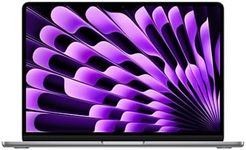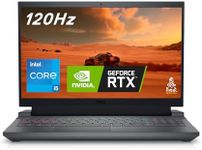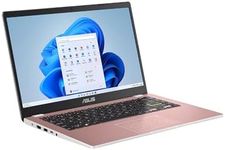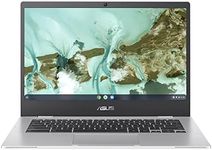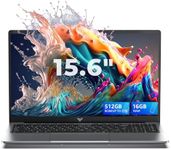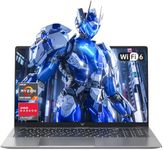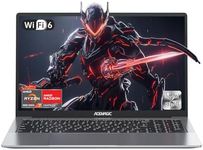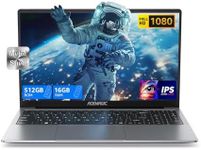Buying Guide for the Best Mini Laptops
Choosing the right mini-laptop can be a bit overwhelming, but with the right approach, you can find the perfect fit for your needs. Mini-laptops are compact, lightweight, and designed for portability, making them ideal for travel, students, and those who need a secondary device. When selecting a mini-laptop, consider what you'll primarily use it for, such as browsing the web, streaming videos, or working on documents. Here are some key specifications to consider and how to navigate them to find the best mini-laptop for you.Processor (CPU)The processor is the brain of the laptop, determining how fast and efficiently it can run applications. For basic tasks like web browsing and word processing, an entry-level processor like Intel Celeron or AMD A-series will suffice. If you plan to multitask or run more demanding applications, look for a mid-range processor like Intel Core i3 or AMD Ryzen 3. For more intensive tasks, such as light gaming or video editing, a higher-end processor like Intel Core i5 or AMD Ryzen 5 is recommended.
RAMRAM (Random Access Memory) affects how many applications you can run simultaneously and how smoothly they operate. For basic use, 4GB of RAM is usually adequate. If you plan to multitask frequently or use more demanding applications, 8GB of RAM is a better choice. For more intensive tasks or future-proofing, consider 16GB of RAM, though this is less common in mini-laptops.
StorageStorage determines how much data you can keep on your laptop, including the operating system, applications, and personal files. Mini-laptops typically come with either eMMC storage or SSDs. eMMC storage is slower and usually comes in smaller capacities (32GB or 64GB), suitable for basic use. SSDs are faster and come in larger capacities (128GB, 256GB, or more), making them ideal for those who need more space and faster performance. Choose based on your storage needs and whether you plan to store a lot of files locally.
Screen Size and ResolutionMini-laptops usually have screen sizes ranging from 10 to 13 inches. A smaller screen size makes the laptop more portable, but it can also make it harder to work on for extended periods. Resolution affects the clarity of the display; a higher resolution (such as Full HD 1920x1080) provides a sharper image, which is beneficial for watching videos or detailed work. Consider how you will use the laptop and balance portability with usability.
Battery LifeBattery life is crucial for a portable device like a mini-laptop. It determines how long you can use the laptop on a single charge. Look for a laptop with at least 6-8 hours of battery life for general use. If you plan to use the laptop for extended periods away from a power source, consider models with longer battery life, such as 10-12 hours or more. Your usage patterns and mobility needs will guide you here.
Weight and PortabilityOne of the main advantages of mini-laptops is their portability. Weight is a key factor in how easy it is to carry the laptop around. Most mini-laptops weigh between 2 to 3 pounds. If you travel frequently or need to carry the laptop in a backpack or handbag, opt for a lighter model. However, ensure that the reduced weight does not compromise other important features you need.
ConnectivityConnectivity options like USB ports, HDMI, and Wi-Fi are important for connecting peripherals and accessing the internet. Ensure the mini-laptop has enough USB ports for your needs, and consider whether you need additional ports like HDMI for external displays. Wi-Fi capabilities should be up-to-date (preferably Wi-Fi 5 or Wi-Fi 6) for better internet performance. Think about the devices you will connect and choose accordingly.
